Technologies:
Proget – Nuget Package management server
TFS – On premise 2017 Update 1
Issue: When re-releasing a build from TFS release, to re-package a CI Nuget package that has already gone to my Proget development feed, there does not appear to be a way to get automatic Semantic versioning. The help dialog that appears in regards to setting the version within the Nuget packager setup is as follows.
Use Date and Time If you choose 'Use the date and time', this will generate a SemVer-compliant version formatted as X.Y.Z-ci-datetime where you choose X, Y, and Z.
Use an Environment Variable If you choose 'Use an environment variable', you must select an environment variable and ensure it contains the version number you want to use.
Use the Build Number If you choose 'Use the build number', this will use the build number to version you package. Note: Under General set the build format to be '$(BuildDefinitionName)_$(Year:yyyy).$(Month).$(DayOfMonth)$(Rev:.r)
I’d like to be able to re-release a Nuget package that has gone from my CI build in TFS to my Proget development feed, over into my production Proget feed. Microsoft has a great article on Versioning NuGet packages in a continuous delivery world. In that article they elude to the fact that they are doing something similar, but they aren’t providing any real direction for how it was accomplished.
Question:
How would you configure the Nuget packager so that upon creating the package you would input a build variable? Or is there a way that you could set the major version and just have the minor increment each time? How are others handling the promotion of packages from development to production?
Have tried the following:
Tried $(Version) as a build & release variable, and it doesn’t seem to work. The package gets tagged with the date. Also, this only seems to be really functional in the Build portion of TFS where the modal window contains a spot to modify this value.
Tried using the date & time method, and it sticks CI into the build number. This is almost exactly what we want minus the CI definition. Because it automatically inserts CI, this is not suitable for production.
Turned it off and it pulls the version from the Nuspec, but then this would assume that in your CI build you are always upping the version number to one more than current after you have pushed your last release version. This is because the nuspec is in the build files that you are re-releasing through the TFS release chain. Confusing to say the least.
Use the build number set to $(BuildDefinitionName)$(Year:yyyy).$(Month).$(DayOfMonth)$(Rev:.r) What I’d like here is $(Major).$(Minor).$(Patch). Trying $(Version)$ with a version of 1.0.0 gets you a file named with that has 2017.11.3.1 as the output, seemingly ignoring the $(Version) variable.
